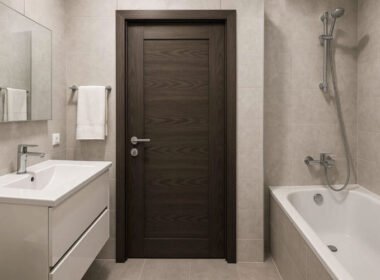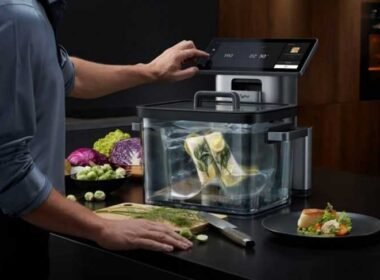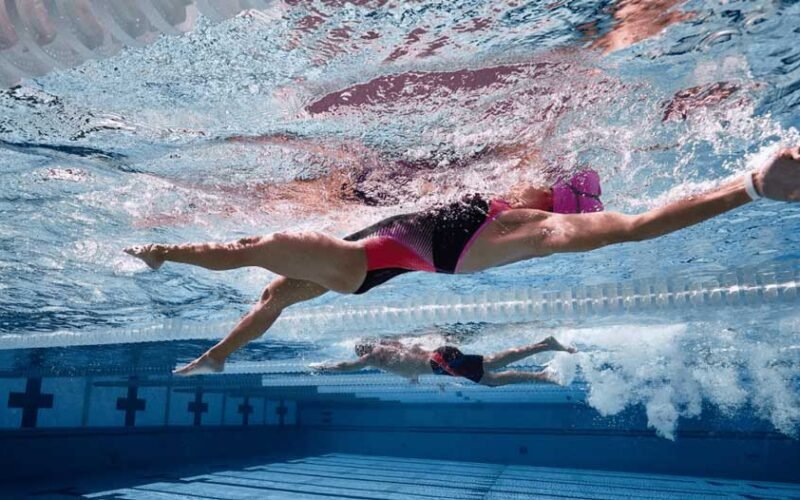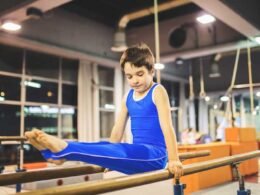Swimming is more than just a recreational activity—it’s a full-body workout, a competitive sport, and a crucial life skill. Whether you’re new to the pool or a seasoned pro looking to refine your stroke, the right swimming training equipment can make a big difference in how you perform and progress.
In this blog, we’ll dive into the essential tools every swimmer should consider. From gear that builds strength and endurance to tools that enhance technique, we’ll guide you through the best swimming training equipment for all skill levels.
Why Swimming Training Equipment Matters
Swimming may look effortless when done well, but it demands coordination, strength, stamina, and technique. Training equipment helps swimmers isolate certain aspects of their form, target specific muscle groups, and improve their efficiency in the water. Gear can provide support and confidence for beginners, and for professionals, it can offer resistance and feedback to fine-tune performance.
Essential Swimming Training Equipment for All Levels
-
Kickboard
Best for: Leg strength, beginners learning stroke technique
The kickboard is a classic piece of swimming training equipment. It supports the upper body, allowing swimmers to focus exclusively on kicking. For beginners, kickboards help build lower body strength and give them confidence. For advanced swimmers, they’re essential for targeted kicking drills.
Pro tip: Look for ergonomic kickboards that reduce shoulder strain and offer multiple hand positions.
-
Pull Buoy
Best for: Upper body strength, body positioning
The pull buoy is placed between the thighs to keep the legs afloat while the swimmer focuses on arm movements. This tool isolates the upper body and is great for developing arm strength and stroke efficiency. It’s also useful for mastering a streamlined body position in the water.
Pro tip: Pair it with paddles for an intense upper-body workout.
-
Swim Fins
Best for: Speed, ankle flexibility, kick technique
Swim fins (also called flippers) add propulsion, allowing swimmers to move faster and maintain good body position. They also help develop ankle flexibility, a key element for an effective kick. Beginners gain confidence from the extra speed, while professionals use fins to improve form and train at higher intensities.
Pro tip: Short-blade fins are better for technique; long-blade fins offer more resistance for strength training.
-
Hand Paddles
Best for: Arm strength, stroke technique
Hand paddles increase resistance in the water, forcing swimmers to engage their arms and shoulders more. They are excellent for building strength and improving stroke mechanics, but they should be used carefully to avoid shoulder strain.
Pro tip: Start with smaller paddles and gradually increase size as your strength and technique improve.
-
Snorkel (Swimmer’s Snorkel)
Best for: Stroke alignment, breathing technique
A center-mounted swimmer’s snorkel allows swimmers to breathe without turning their head, allowing them to concentrate solely on their stroke and body position. It’s an excellent tool for both beginners and advanced athletes looking to make fine adjustments to their technique.
Pro tip: Choose a snorkel with an adjustable head bracket and a purge valve for easier breathing.
-
Swim Parachute or Drag Belt
Best for: Resistance training, power development
Resistance tools like swim parachutes or drag belts create extra drag in the water, forcing swimmers to exert more power. These are advanced swimming training equipment options used by professionals to build explosive strength and endurance.
Pro tip: Use them during short sprint sets for maximum effectiveness.
-
Tempo Trainer
Best for: Pacing, stroke rate control
A tempo trainer is a small, waterproof metronome that sits under your swim cap or clips to your goggles. It beeps at intervals to help you maintain a consistent stroke rate or lap time. It’s especially helpful for competitive swimmers who need to fine-tune their pace.
Pro tip: Use it during sets where you’re focusing on race pace or technique consistency.
-
Swim Resistance Bands (Dryland Training)
Best for: Strength training outside the pool
Resistance bands designed for swimmers are ideal for dryland training. They mimic the motions of swimming strokes and help build strength, especially when access to a pool is limited. As part of a comprehensive training plan, these tools benefit both beginners and elite swimmers.
Pro tip: Incorporate resistance band workouts into your routine 2–3 times a week for best results.
-
Goggles
Best for: Clear vision, eye protection
It might sound obvious, but not all goggles are created equal. Beginners need goggles that are easy to adjust and comfortable. Professionals may prefer low-profile racing goggles that reduce drag. Anti-fog and UV-protective lenses are a must for outdoor swimming.
Pro tip: Always rinse goggles with fresh water after swimming to extend their lifespan.
-
Swim Cap
Best for: Reducing drag, protecting hair, keeping goggles in place
A good swim cap helps streamline your head and keeps hair out of your face. It also reduces drag and improves hydrodynamics. Latex, silicone, and Lycra are the most common materials—silicone is favored for its durability and comfort.
Pro tip: Use a silicone cap for long training sessions and a latex cap for races due to its lighter weight.
Specialized Swimming Training Equipment for Professionals
In addition to the essentials, elite swimmers may incorporate more technical tools into their training arsenal:
-
Underwater Cameras or Video Analysis Tools
These allow swimmers to analyze stroke mechanics, starts, and turns. Coaches use video footage to give detailed feedback that’s difficult to obtain during real-time observation.
-
Power Towers and Cords
Found at high-performance training centers, these create consistent and adjustable resistance through pulley systems, helping athletes build explosive strength and improve their start or sprint technique.
-
Heart Rate Monitors and Swim Watches
Wearable tech like Garmin Swim, Apple Watch, and Polar monitors track lap splits, heart rate, stroke count, and distance. This data helps professionals monitor training zones and recovery.
Building the Perfect Swim Kit
To get started, beginners should consider building a basic swim kit that includes:
- Goggles
- Swim cap
- Kickboard
- Pull buoy
- Swim fins
Professionals, on the other hand, will likely benefit from a more robust set including:
- Hand paddles
- Snorkel
- Resistance tools
- Tempo trainer
- Video analysis or smart wearables
Regardless of level, investing in the right swimming training equipment allows you to focus on specific skill areas, track your improvement, and stay motivated.
Training Smarter with the Right Tools
The beauty of swimming lies in its simplicity, but that doesn’t mean your training should be basic. With thoughtfully selected swimming training equipment, you can elevate every workout—whether you’re just learning to float or aiming to qualify for nationals.
Equipment builds confidence and introduces structure for beginners. For pros, it helps sharpen technique and power through plateaus. Regardless of your goals, gear is a powerful ally on your swimming journey.
So, dive in, gear up, and get ready to make waves!









